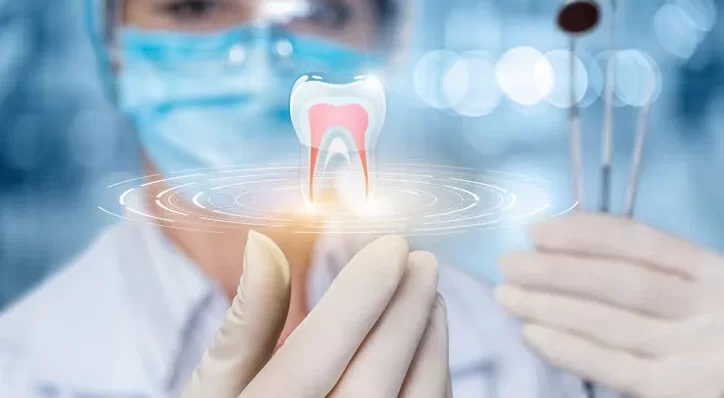A recent investigation delved into the promise of tissue regeneration technology as a more effective means of addressing endodontic diseases compared to root canal therapy (RCT).
Conducted by scientists at the ADA Forsyth Institute, the study revolved around the utilization of molecules known as resolvins to initiate tissue regeneration within the dental pulp. Specifically, the focus centered on a resolvin called RvE1 and its application to infected and damaged pulp at varying stages of severity.
The study revealed the remarkable efficacy of the resolvin in prompting pulp regeneration when some viable pulp remained. However, it was unable to stimulate regeneration in necrotic pulp, albeit it did exhibit a capacity to slow down infection progression. This intervention effectively managed inflammation and averted the formation of abscesses.
Contrasting advantages with root canal therapy were discussed in the study, which was published in The Journal of Dental Research. The primary contrast highlighted was that RCT involves significant removal of dentin, elevating the risk of subsequent root fractures and potential tooth extraction. Moreover, RCT fails to promote tissue regeneration, an outcome deemed ideal by the study authors.
Thomas Van Dyke, the vice president of the Center for Clinical and Translational Research at ADA Forsyth and a senior author of the study, emphasized the prevalence and severity of pulpitis. He highlighted the drawbacks of RCT, citing the substantial dentin removal and increased fracture risk due to tooth desiccation.
Van Dyke underlined the study’s objective to devise a method for regenerating the pulp instead of filling the root canal with inert material. He also highlighted the substantial potential of this research, pointing out that the application of RvE1 could foster the development of stem cells capable of differentiating into various tissues beyond dentin. This breakthrough, he suggested, holds promise not only for dental tissues but also for regenerative medicine in broader applications, such as growing bones in other parts of the body.
Source: Journal of Dental Research
You May Also Like:
No related posts.

